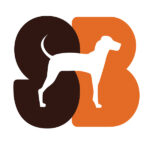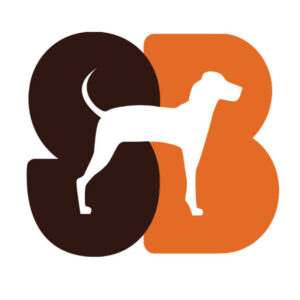

Medical research platform design
Project for:
Mednet
For this project we designed a new UI for Mednet’s medical research management platform. Our work included a reorganized navigation for users to more easily follow.

Expertise
We conducted an initial discovery project, focusing on user research. Then we provided product design for the new medical research platform.

Client
Mednet provides medical researchers with a platform for creating and managing clinical studies, called iMednet. Medical study organizers can create and customize a study, and then give access to participating medical facilities for their staff to collect and record data directly into the system.

Timeline
Our engagement with Mednet was short and intense — just 9 weeks.
Challenge
Dated look and feel
After years of iterations to its offerings and expanding features, this client wanted to update the look and feel of the UI to better engage clients and end users.
Mednet was concerned the platform’s UI had become dated and did not look appealing to new prospects for the platform. They reached out to Standard Beagle to understand how and where they should begin reworking the platform.
Solution
Modernized medical research platform design
The design team at Standard Beagle restructured and restyled the platform. Our aim? Give a comprehensive guide of materials for the Mednet development team.
Goals
- Update the UI styling for a more modern look
- Reduce the number of clicks for users to navigate the platform
- Design components that can slot into the existing framework

Impact
Our design was nominated for a UX Design Award

On screen coaching
We designed a coaching walk-through for new users to learn about the interface and help them onboard more quickly.

Organized dashboards
Users had multiple dashboards, causing confusion in the old interface. We organized the dashboards into a mega menu for easy access.

Component guide
In addition to screens, we also created a comprehensive style and UI component guide. Engineering implemented the designs in Storybook so they could be used in the front-end development.
Honors
Awards

2022 Nominated for UX Design Award
Free Download
How UX improves the patient experience
Download our free guide in PDF format to see how UX can help your healthcare organization or medical tech product.





